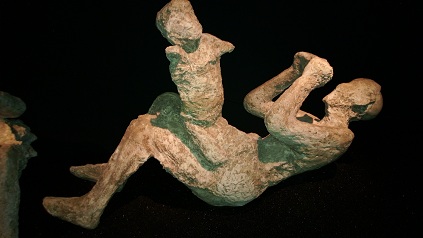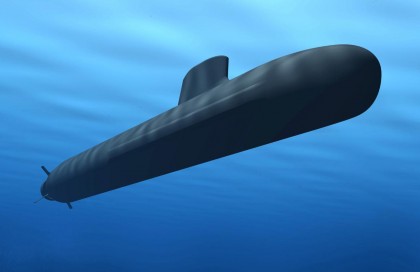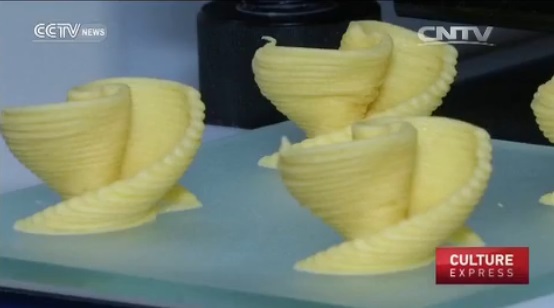
Tag: Italy


3D printed low cost submarines can be used in deep sea explorations – Deep-Z team proves it.
June 15, 2015
No Comments
Read More »

Barilla believes that traditional pasta lovers will start liking his 3D printed pasta
May 6, 2015
No Comments
Read More »